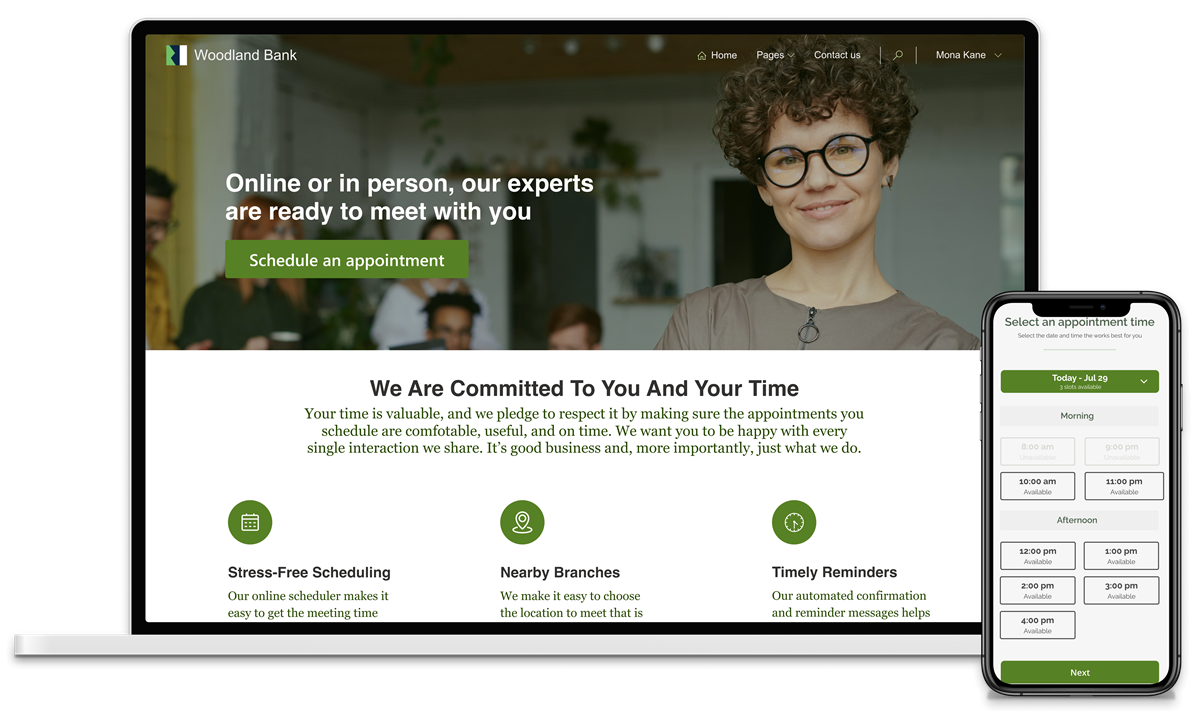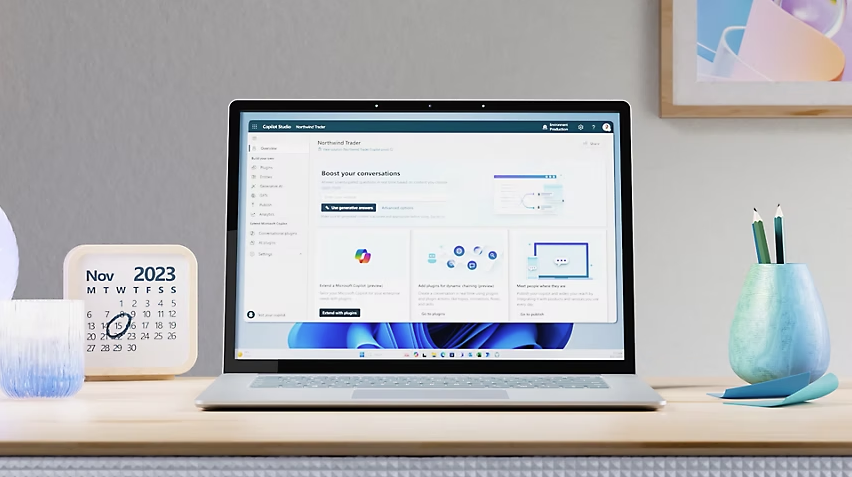The Microsoft Ignite conference has kicked off this year with a big announcement for Power Apps users.
Microsoft will be rolling out a preview of a usage-based model to pay for Power Apps and related Power Platform services through Azure subscriptions. Power Apps is already available on a per-user based model, but Microsoft’s Shawn Nandi writes that the new option aims to give customers the chance to pay for only what they use.
‘With the new pay-as-you-go plan, customers only pay for what they use, giving them more flexibility to get started with low code with low risk and then scale their investments over time based on the usage patterns of their solutions.’
The benefits
Whether you’re new to Power Apps or an existing user, there are a wealth of benefits that come with this change. Here are a few points to consider:
Great for developers building Power Apps that leverage Azure services
If you are a developer already using Azure subscriptions to pay for the cloud services for applications, this pay-as-you-go option for Power Apps is great for you.
Let’s say you are planning to build a Power Apps mobile app that leverages Dataverse as well as a set of Azure-hosted APIs. Today you would need to purchase Power Apps licenses from Microsoft or a partner, and allocate those licenses before deploying your app, and pay for the Azure services you are using with your Azure subscription. Now, with Power Apps pay-as-you-go you can simply use the same Azure subscription you are using to pay for your Azure services to pay for Power Apps as well.
Test the waters
Predicting the number of users for a new app is tough making it hard to forecast licensing needs in advance. Now you can start with the pay-as-you-go option to gauge usage patterns then determine whether purchasing a pre-paid Power Apps subscription plan makes sense.
Only pay when users use your apps
Let’s say you have created an app (or set of apps) that you need to share with a large set of users in your organisation, but which you expect will only be used by a varying subset of those users on an occasional basis. In this instance it may be more economical to leverage Power Apps pay-as-you-go instead of purchasing pre-paid Power Apps subscription plans for every user you share the app with.
Share costs across your organisation
Many organisations want to allocate software license costs to the department or team that used the licenses. Power Apps pay-as-you-go makes this possible by letting teams pay for Power Apps using Azure subscriptions linked to their own departmental budgets, and by providing the option to use Azure Cost Management and Azure tags to visualize and divide up costs.
Pricing
The pay-as-you-go plan requires an Azure subscription and costs £7.45 per active user/app/month. The plan reduces the overhead of license procurement and provides the ability to manage and split costs across business units by leveraging the cost management reporting capabilities of Azure subscriptions. To find out more information about this plan you can read more here.
What’s coming next
Looking forward Microsoft plan to introduce capabilities like APIs to link environments to Azure subscriptions, and integration with the Power Platform Center of Excellence Starter Kit. Longer term the team have a range of services that would make sense to offer in a pay-as-you-go model and are welcoming input from users on where to focus on next.
If you would like to know about Power Apps or would like more information about the change you can speak to our team.



